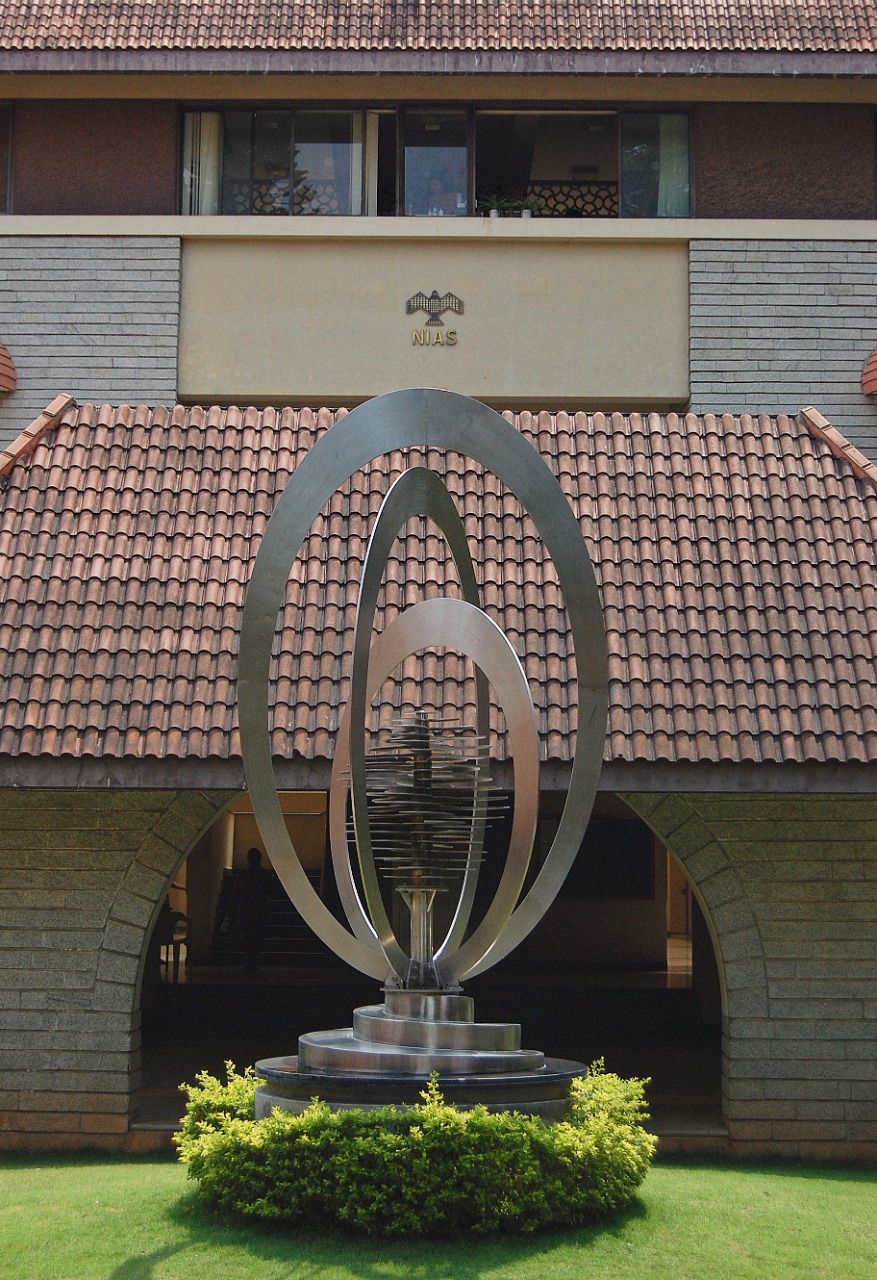
The primary objective of this study is to provide an independent assessment of Chinese ballistic and cruise missile capability. The study also addresses the organisational, strategic and political links in China that impact upon its missile programme.
The study on the Chinese Ballistic and Cruise Missiles uses images of these missiles available in the public domain to make an independent assessment of their capabilities. Length and diameter measurements on the images of these missiles are used to estimate propellant and stage masses. These estimates are used along with trajectory and range models to assess the performance of the missiles. This methodology has been applied to the DF-1, the DF-2, the DF-3, the DF-4, the DF-5, the JL-1 / DF-21, the JL-2 / DF-31, the DF-15 and the DF-11 ballistic missiles. The scope of our study also included the longer range cruise missiles. Since there were not many images of these missiles available in the public domain we were not able to extend these methods to cover them. However, we have taken stock of developments in Chinese cruise missiles. As and when images become available we believe that our approach can be used to assess their performance as well.
The DF-1 and the DF-2 missiles that the Chinese had built with assistance from the Soviet Union have been retired from active service. Our measurements of the length and diameter of these missiles are in agreement with values quoted in the published literature. The DF-3 was the first indigenous missile developed by the Chinese. It was also the first missile to use earth storable propellants – UDMH and AK-27. Though the chronology of the images is not exact, our analysis of the images shows a trend of increasing sophistication and performance. The analysis confirms the existence of at least two variants of the DF-3. We also see three warheads with the shortest of them possibly being a conventional warhead. The DF-3 has been exported by China to Saudi Arabia with a conventional warhead capability.
The study also works out a procedure for independently trying to estimate the number of DF-5 missiles produced by China. It also looks at the links between the political, military and economic environment and the missile programme and how these have changed in response to the both internal and external challenges that China faced over the last fifty years. Current developments and how they will affect the Chinese missile programme are also briefly touched upon.
